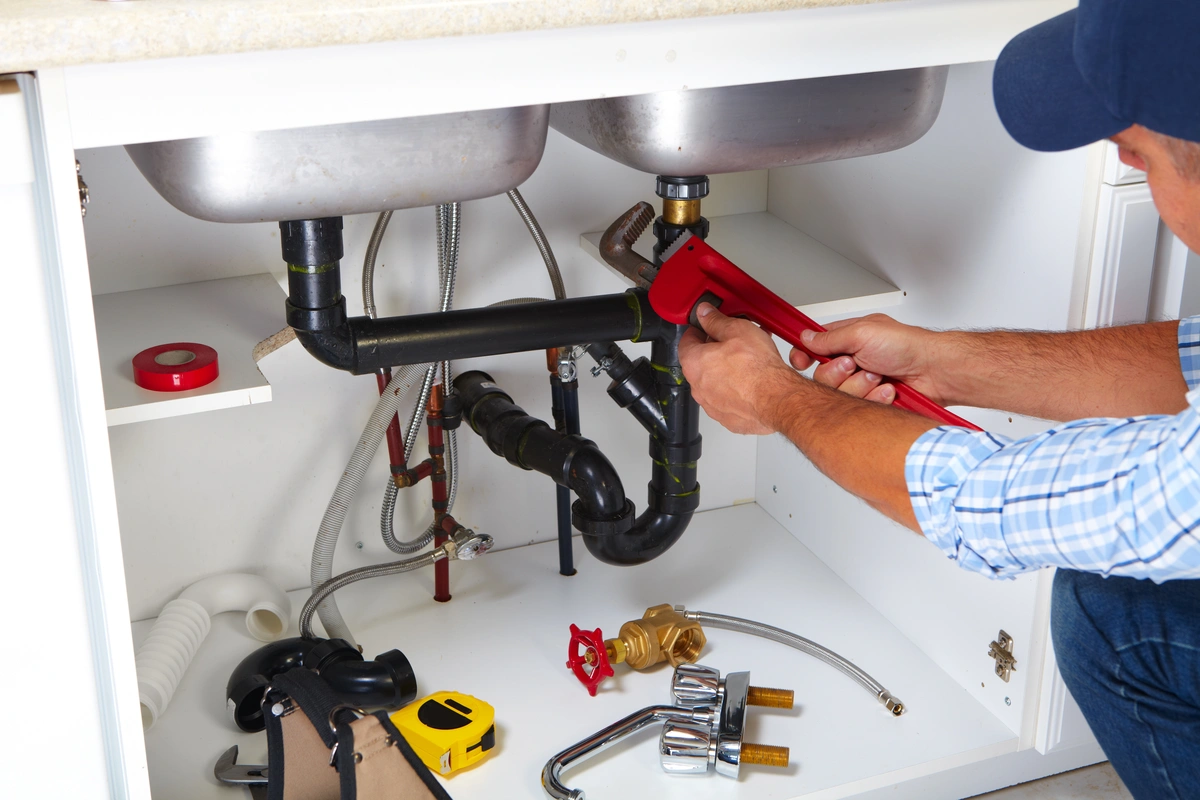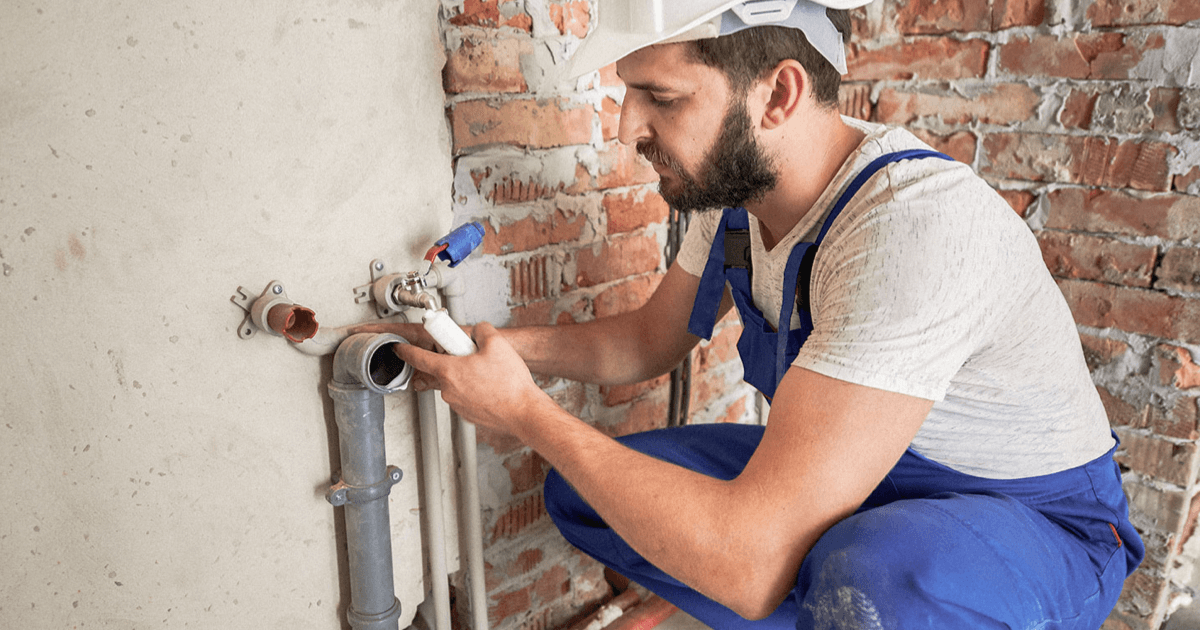Trusted Plumber Alabaster AL for All Your Emergency situation Requirements
Trusted Plumber Alabaster AL for All Your Emergency situation Requirements
Blog Article
A Step-by-Step Overview to Reliable Water Heating System Setup for Ideal Performance
Embarking on the job of setting up a water heater is an endeavor that demands precision and a systematic approach for attaining ideal efficiency. As you proceed, the details of linking water supply lines and setting up dependable electrical or gas connections wait for, encouraging understandings right into ensuring effectiveness and integrity.
Picking the Right Hot Water Heater

Next, consider the dimension and capacity of the water heater. It's vital to analyze your household's warm water needs, which can vary based upon the variety of owners and their use patterns. An unit that's also little may result in inadequate hot water, while an extra-large model may cause unneeded power consumption.
Effectiveness ratings also play a crucial duty in option. Look for water heating units with high Energy Variable (EF) rankings, showing premium performance and reduced power usage. Tankless versions, though usually more costly ahead of time, deal significant energy savings with time because of their on-demand home heating capacities.
Preparing the Installation Area
Before mounting a brand-new hot water heater, precise preparation of the setup area is necessary. This guarantees a smooth installment procedure and helps protect against future difficulties (Water Heater installation Alabaster AL). Begin by picking a proper location that complies with neighborhood building codes and safety and security criteria. The location needs to be completely dry, well-ventilated, and obtainable for maintenance. It's important to gauge the area carefully to suit the hot water heater's dimensions, ensuring ample clearance around the system for efficient operation and servicing.
Following, eliminate any type of debris, dust, or blockages from the website to develop a clean setting. Inspect the flooring for stability, as the hot water heater will certainly require a strong, level surface to operate properly. If necessary, mount a drip frying pan under the system to capture prospective leaks or spills, protecting against water damage to the surrounding area. In areas prone to seismic task, take into consideration mounting seismic straps to protect the heating system firmly in position.
In addition, make sure that all needed tools and products are on hand prior to starting the installment. This includes items such as wrenches, screwdrivers, a degree, and any added hardware needed for mounting and securing the heating unit. A well-prepared installment area establishes the foundation for an effective hot water heater configuration, optimizing efficiency and security.
Connecting Supply Of Water Lines
When linking water lines to your freshly set up hot water heater, it is critical to make sure that all links are leak-free and secure to preserve reliable procedure and protect against water damages. Begin by determining the hot and chilly water lines. The chilly water inlet is commonly marked with a blue tag or a "C", while the hot water electrical outlet is noted with a red tag or an "H".
Use flexible water heater connectors to help with an easier setup procedure. Before attaching the connectors, place a plumbing's tape around the threaded ends of the water heater's inlet and outlet pipes.
As soon as connections are in place, gradually turn on the major water shutoff. Examine each link for leakages by visually examining and really feeling for moisture. Tighten up links as required, and ensure the pressure alleviation valve is correctly installed, securing against excessive pressure build-up.
Establishing Electrical or Gas Connections
Correctly setting up the electric or gas links for your water heating system is a vital step to make certain secure and reliable procedure. For electrical water heating units, start by verifying that the electric circuit is suitable with the heating system's voltage Read More Here and amperage requirements.
For gas water heating systems, safety is vital. Connect the gas line to the water heater making use of a flexible gas connector, guaranteeing it is appropriately threaded and secured with pipe joint substance or Teflon tape ideal for gas links.
Once connections are made, inspect for any prospective leakages. For gas lines, apply a soapy water solution to the joints; bubbles indicate a leakage. For electrical connections, confirm that all circuitry is safe and appropriately shielded, maintaining conformity with local electrical codes.
Readjusting and checking for Performance
With the electric Drain Cleaning Alabaster AL and gas links firmly in place, the next step is reviewing the operational performance of your water heater. Begin by meticulously activating the water system and making sure there are no leakages at any one of the joints or valves. When confirmed, proceed to fill up the storage tank, taking note of the stress and temperature settings. It is advisable to set the thermostat to a recommended temperature of around 120 ° F(49 ° C) to balance energy efficiency and convenience.
Following, do a complete assessment to make certain the burner or gas burners are functioning correctly. For electrical heaters, make use of a multimeter to confirm if the aspects are attracting the appropriate present. In gas designs, observe the heater fire; it ought to be blue and steady, indicating effective combustion.
Readjust the settings as essential to get rid of inefficiencies. Take into consideration implementing insulation procedures, such as including a water heating system blanket, to better boost performance by minimizing heat loss. In addition, check the anode rod's condition, as a scrubby rod can decrease performance and result in tank deterioration.
Verdict
Reliable hot water heater setup is crucial for ensuring optimum performance and power savings. By choosing the proper kind and size, and thoroughly preparing the installment area, a structure for success is developed. Securely attaching water supply lines and thoroughly setting up electric or gas connections decrease prospective issues. Extensive screening for leakages and exact thermostat modifications to 120 ° F boost integrity and performance. Sticking to these steps advertises long-term performance and power preservation in domestic water furnace.

Correctly setting up the electrical or gas connections for your water heating unit is an important step to make sure reliable and safe operation. For electric water heating units, start by verifying that the electrical circuit is compatible with the heating system's voltage and amperage requirements. Link the gas line to the water heater utilizing More Bonuses a flexible gas adapter, guaranteeing it is appropriately threaded and sealed with pipe joint compound or Teflon tape suitable for gas links.
Report this page